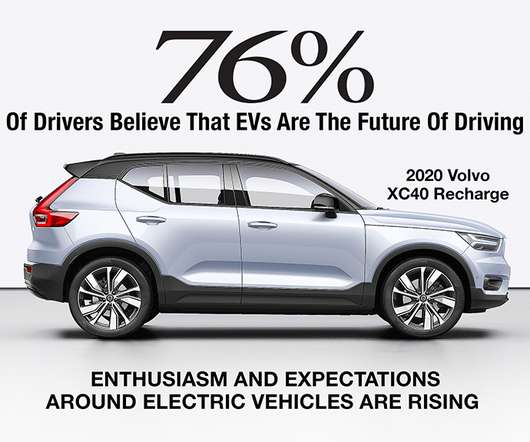Study Finds Environmental Impact of Li-ion Battery for BEVs is Relatively Small; The Operation Phase is the Dominant Contributor to Environmental Burden
Green Car Congress
AUGUST 10, 2010
Environmental burden of a gasoline-fueled ICEV relative to that of a BEV (100%) assessed by four different methods: abiotic depletion potential (ADP), nonrenewable cumulated energy demand (CED), global warming potential (GWP), and Ecoindicator 99 H/A (EI99 H/A). The BEV thus required a total of 17 kWh/100 km. Credit; ACS, Notter et al.
























Let's personalize your content